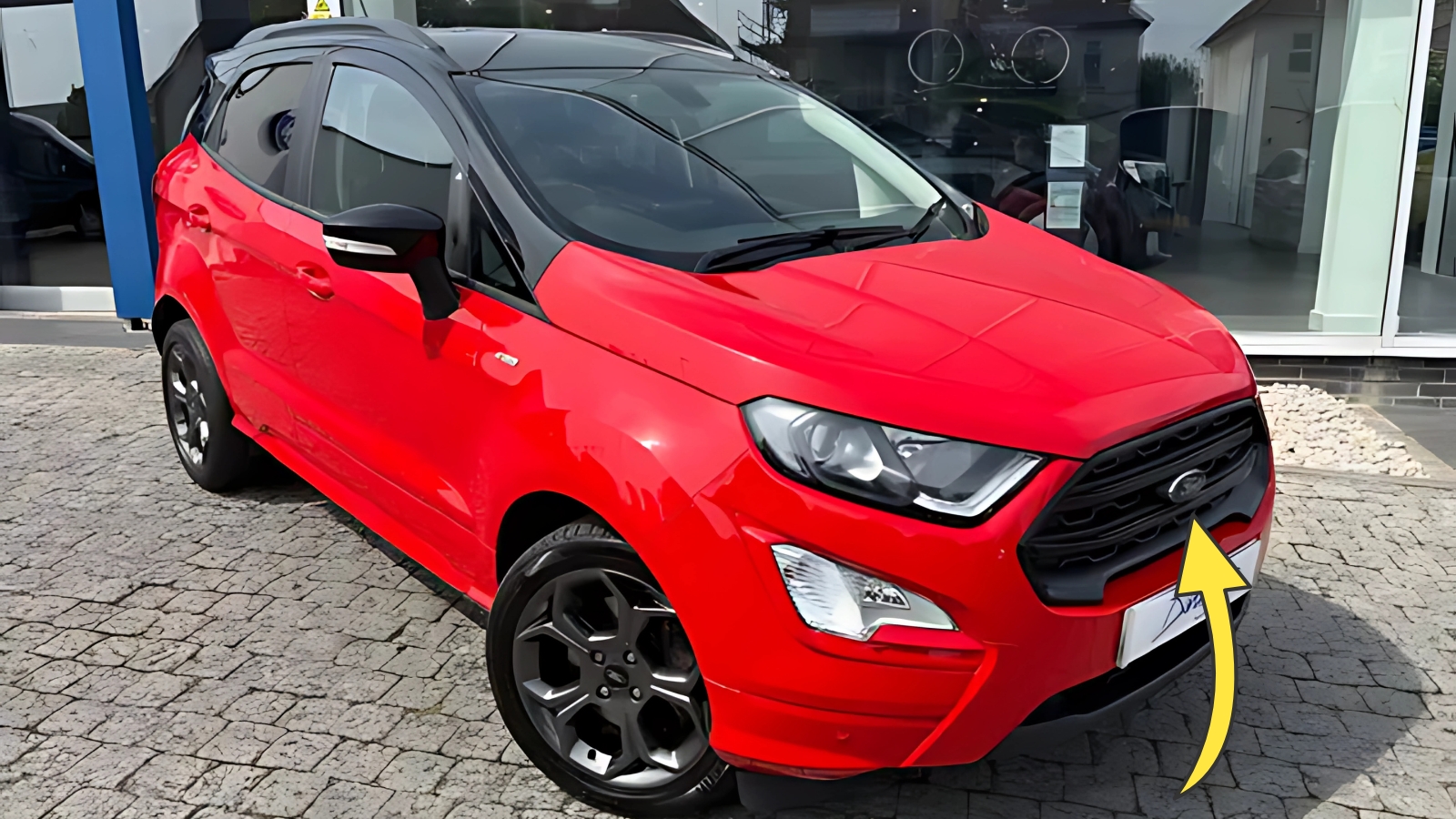Ford Eecosport: The automotive world rarely sees second chances for discontinued models, yet the Ford EcoSport appears positioned for an unexpected revival. After bidding farewell to multiple markets including India in 2022, this compact SUV that once defined an entire segment now stands ready to reclaim its position in Europe’s competitive landscape.
End of an Era, Beginning of Another
Ford’s decision to discontinue the EcoSport marked the conclusion of a remarkable journey that began in Brazil in 2003. The subcompact SUV’s exit from India in September 2021 particularly stung enthusiasts, considering the model had pioneered the sub-4-meter SUV segment in the country.
The discontinuation wasn’t sudden but rather the culmination of mounting challenges. Declining sales figures, intensified competition from newer rivals like the Hyundai Venue and Tata Nexon, plus Ford’s broader financial struggles in emerging markets contributed to its demise. Despite achieving over 200,000 exports from India and enjoying strong initial success, the EcoSport couldn’t maintain its competitive edge against fresher alternatives.
Ford’s global restructuring strategy focused resources on larger markets like the United States and China, effectively sidelining smaller, less profitable models. The Chennai plant’s closure and subsequent sale of the Sanand facility to Tata Motors sealed the EcoSport’s fate in India, leaving thousands of satisfied owners with fond memories of their rugged companion.
European Renaissance Takes Shape
Recent reports suggest Ford Europe has different plans for the EcoSport nameplate. Industry sources indicate the Blue Oval intends to revive the compact SUV with a comprehensive redesign targeting a mid-2025 launch. This resurrection strategy aims to fill the void left by discontinued models like the Fiesta and Focus while capturing market share in Europe’s evolving SUV landscape.
The new generation EcoSport will reportedly grow beyond its previous dimensions, measuring over 4.3 meters in length. This expansion positions it directly against established competitors like the Renault Duster and Citroën C3 Aircross. Ford’s Valencia plant in Spain has been selected for production, marking a shift from the previous Romanian Craiova facility.
Design patents filed in India reveal a dramatically different aesthetic approach. The new EcoSport abandons its predecessor’s conservative styling for a bolder, more contemporary appearance. Spy photographs show a significantly larger silhouette with pronounced bumpers, redesigned grilles, and modern LED lighting signatures that align with Ford’s current design language.

Technology Integration and Powertrain Evolution
Modern SUV buyers expect comprehensive technology packages, and Ford appears ready to deliver. The upcoming EcoSport will likely feature advanced driver assistance systems, panoramic sunroofs, 360-degree cameras, and sophisticated infotainment systems with wireless connectivity options. These additions address criticisms of the previous generation’s dated technology offerings.
Powertrain options reflect contemporary environmental concerns and regulatory requirements. The new EcoSport will embrace “multi-energy” configurations, including hybrid and potentially pure electric variants. The popular 1.0-liter EcoBoost engine may return in mild-hybrid form, providing familiar performance characteristics with improved efficiency.
This powertrain diversity acknowledges Europe’s complex regulatory landscape and varying consumer preferences across different markets. While electric variants satisfy emission regulations in major cities, hybrid options provide range flexibility for buyers hesitant about full electrification.
Market Positioning and Competitive Landscape
Ford’s European strategy positions the new EcoSport below the premium Puma SUV, creating a clear hierarchy within the brand’s crossover lineup. This positioning targets cost-conscious buyers seeking SUV practicality without premium pricing, a segment that proved profitable for competitors but challenging for Ford’s previous iteration.
The Renault Duster represents the primary competitive threat, having sold 2.2 million units since 2010 across global markets. The third-generation Duster’s comprehensive updates present formidable competition, forcing Ford to deliver exceptional value propositions from launch day.
European sales expectations appear modest compared to the EcoSport’s previous global success. The earlier model generated approximately 50,000 annual sales in Europe, providing a baseline for realistic projections. Success will depend heavily on pricing strategies and feature content relative to established competitors.
India Return Remains Unlikely
Despite speculation about potential Indian market re-entry, current evidence suggests Ford prioritizes European success over emerging market expansion. The company’s focus on T6 platform vehicles like the Ranger and Everest indicates strategic concentration on higher-margin products.
Ford’s Indian infrastructure limitations further complicate potential comeback scenarios. The Chennai plant’s transition to electric vehicle production and Sanand facility sale remove traditional manufacturing capabilities. Establishing new production lines would require substantial investments that current market conditions may not justify.
Consumer sentiment in India remains positive toward the EcoSport brand, with strong used car market values demonstrating lasting appeal. However, corporate priorities and resource constraints suggest European success must precede any consideration of Indian market re-entry.
Poco launched X7 Pro 5G smartphone with 200MP camera, battery is damdar
Ford Eecosport Legacy and Future Implications
The EcoSport’s original impact on global SUV segments cannot be understated. It popularized compact crossover concepts in multiple markets, inspiring competitors and establishing templates that continue influencing contemporary designs. This legacy provides valuable brand equity for Ford’s revival efforts.
Success in Europe could validate broader EcoSport comeback strategies across other markets. Positive reception might encourage Ford to reconsider previously abandoned territories, though substantial evidence of sustainable profitability would likely be required first.
The automotive industry’s current transformation toward electrification and autonomous technologies presents both opportunities and challenges for revived models. The new EcoSport must balance nostalgic appeal with cutting-edge capabilities to succeed in an increasingly sophisticated marketplace.
As Ford prepares to unveil the new EcoSport’s final specifications and pricing, anticipation builds among European consumers seeking affordable SUV alternatives. Whether this revival can recapture the magic that made the original EcoSport a global phenomenon remains an intriguing question that 2025 should definitively answer.